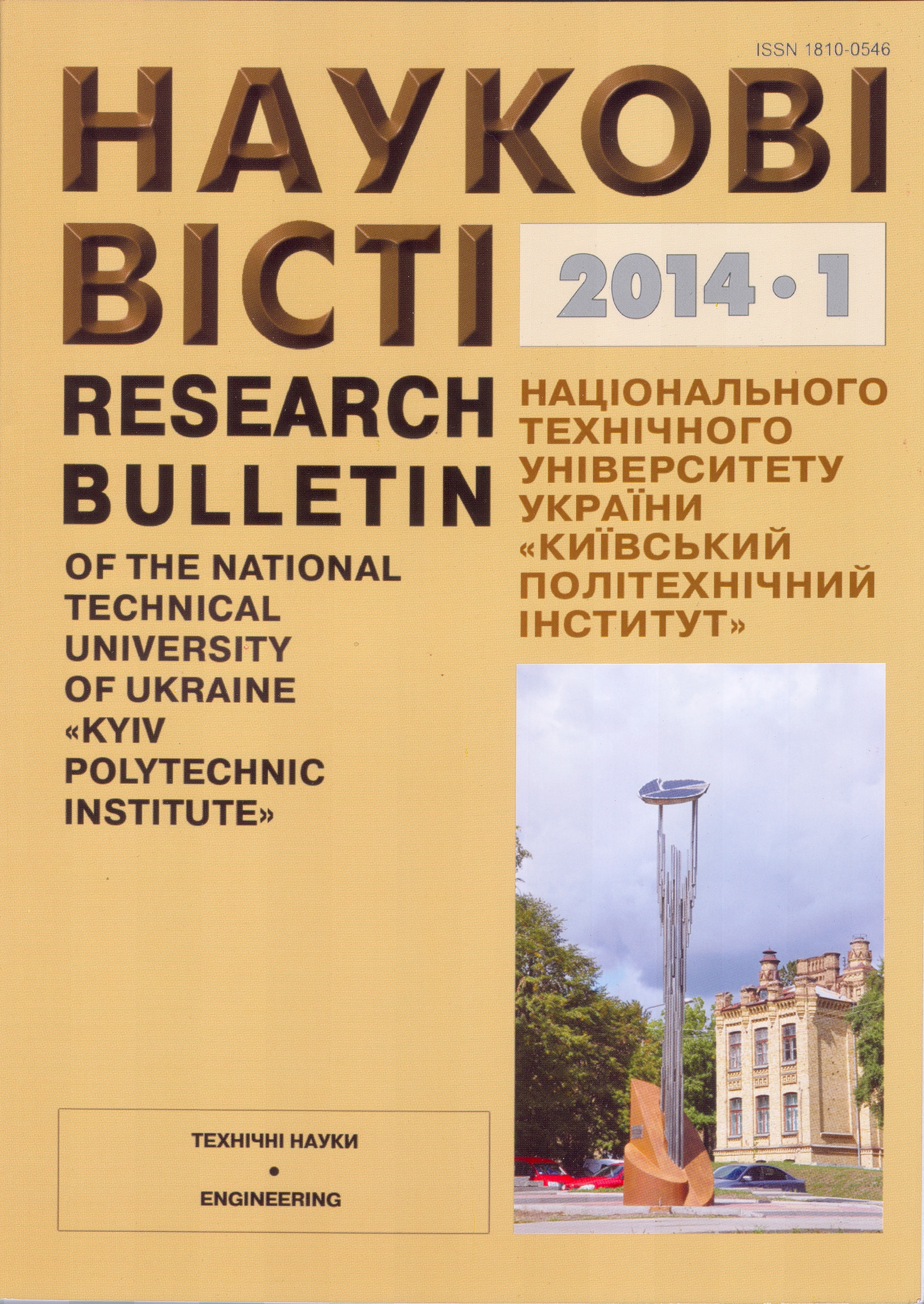Features of Shale Gas in Rotary Kilns Building Materials Industry
DOI:
https://doi.org/10.20535/1810-0546.2014.1.26580Keywords:
Shale gas, Rotary kiln, Temperature, Flow gases, Heat transfer, Mathematical modelAbstract
The possibility of shale gas usage in existing kilns of building materials industry is analyzed. The questions considering determination of thermal performance conditions of kilns for burning cement using nature and shale are studied. For a more complete modeling a mathematical model, compared with the known, taking into account such additional factors as the temperature of the exhaust gases and the conditions refractory lining wear during operation was applied. Conclusions are drawn about the possibility of structural elements furnace using shale gas: 1) significantly increases the amount of fuel requiring the installation of two or even three burners in the furnace unit; 2) low gas flow in the furnace is increased to ~ 300 °C requiring the selection of an appropriate type of refractory; 3) the temperature of the furnace body is increased to 35 °C–45 °C; 4) using the shale gas reduces the amount of secondary air, so it does not display significant impact on reducing fuel consumption. Hence there is the need for re-adjustment of the refrigerator, fans and ductwork used in the flowsheet. Thus, the direct application of shale requires replacement devices or nodes in the design of machines. Another option is to create a combined gas with a defined chemical composition by mixing oil shale and natural gas.References
Древицкий Е.Г., Добровольский А.Г., Коробок А.А. Повышение эффективности работы вращающихся печей. – М.: Стройиздат, 1990. – 224 с.
Коржубаев А.Г., Филимонова И.В., Эдер Л.В. Сланцевый газ в системе газообеспечения: сырьевая база, условия освоения и прогноз добычи // Газовая промышленность. – 2012. – № 6. – С. 70–77.
Дмитриевский А.Н., Высоцкий В.И. Сланцевый газ – новый вектор развития мирового рынка углеводородного сырья // Там же. – 2010. – № 8. – С. 44–47.
S. Stevens and V. Ruuskraa, “Special Report: Gas Shale-1: Seven Plays dominate North America activity”, Oil and Gas J., Sept. 29, pp. 36–41, 2009.
Ацетилен и горючие газы. – Режим доступа: http:// metallicheckiy-portal.ru/articles/svarka/gazovaa_svarka/acetilen_ i_gorychie_gazi
Ходоров Е.И. Печи цементной промышленности. – Л.: Изд-во лит-ры по строительству, 1968. – 458 с.
Лисиенко В.Г., Щелоков Я.М., Ладыгичев Г.В. Вращающиеся печи: теплотехника, управление и экология: Справочное издание. Кн. 2. – М.: Теплотехник, 2004. – 688 с.
Downloads
Published
Issue
Section
License
Copyright (c) 2017 NTUU KPI Authors who publish with this journal agree to the following terms:- Authors retain copyright and grant the journal right of first publication with the work simultaneously licensed under CC BY 4.0 that allows others to share the work with an acknowledgement of the work's authorship and initial publication in this journal.
- Authors are able to enter into separate, additional contractual arrangements for the non-exclusive distribution of the journal's published version of the work (e.g., post it to an institutional repository or publish it in a book), with an acknowledgement of its initial publication in this journal.
- Authors are permitted and encouraged to post their work online (e.g., in institutional repositories or on their website) prior to and during the submission process, as it can lead to productive exchanges, as well as earlier and greater citation of published work

